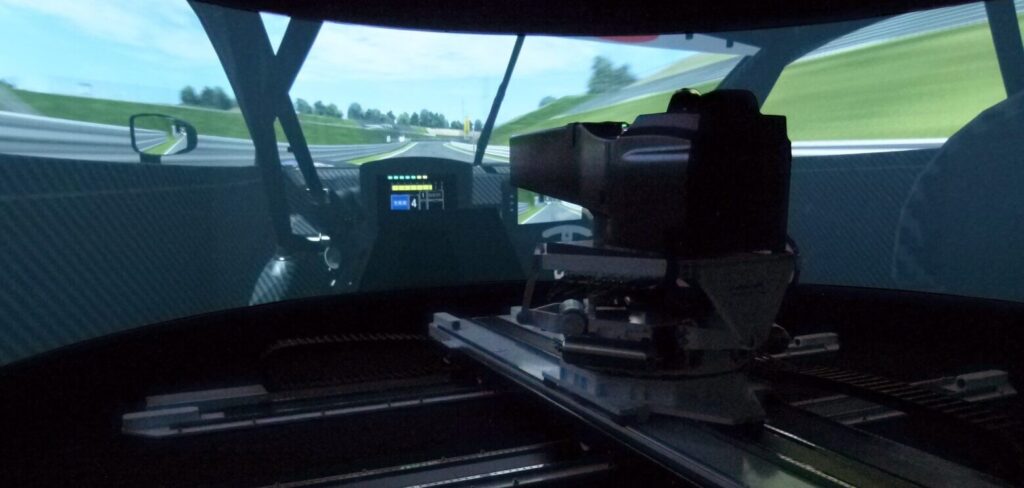Honda R&D is extending its long-term relationship with Ansible Motion after commissioning the company’s latest Delta S3 DIL simulator. With a larger motion space and increased dynamic range, the simulator will be used for development of both future road and race vehicles and their associated technologies at Honda’s engineering facility in Sakura, Japan.
Over 10 years on from its first collaboration with Ansible Motion, Honda R&D was in fact the first customer to commit to the new Delta S3 DIL simulator, ahead of the recent announcements from BMW and Continental. The Japanese company played a key role in defining the S3’s core specification, encouraging Ansible to push engineering boundaries, in order to deliver the most responsive dynamic motions and fidelity needed to develop new race cars, powertrains, ride, steering and chassis feel, as well as driver assistance technologies.
“Since 2011 Honda has trusted Ansible Motion’s Delta DIL simulators, enabling our engineers to develop better automotive technologies,” said Kazuharu Kidera, chief engineer, HRD Sakura. “Its simulators advance our engineers’ understanding, support our young engineers to learn, and allow us to observe in a controlled environment how drivers, from professional motorsport through to everyday consumers, interact with new technologies. Thanks to its open software architecture, we can integrate a variety of vehicle models alongside additional hardware- and software-in-the-loop.”
With versatility a key element of the S3 Delta simulator, Honda envisages the range of use cases for the sim will expand. “Other expected applications include understanding tire wear, circuit acclimatization and giving drivers and engineers the opportunity to experience scenarios such as new aero setups for our Super GT car or testing limit handling with and without dynamic stability control systems,” added Kidera.



